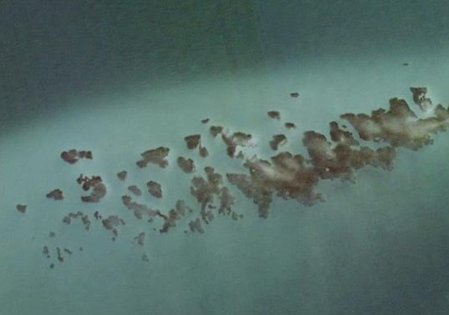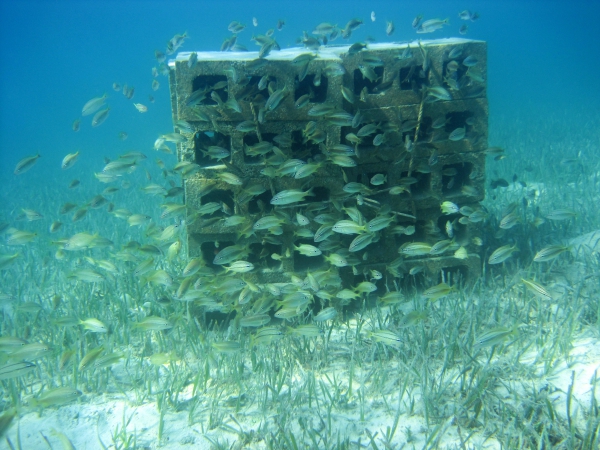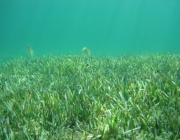Effects of habitat fragmentation on diversity

Habitat fragmentation is a process that involves breaking apart of a contiguous patch of habitat into smaller patches which may have negative impacts on biodiversity. Comparisons of fragmented and contiguous habitats often confound changes in total habitat area as well as changes in spatial configuration . Recent reviews have questioned the importance of habitat fragmentation per se (changes in spatial pattern independent of changes in area) in affecting associated communities. We are studying the biodiversity of seagrass communities in contiguous and fragmented beds across gradients of total habitat area. We have found that there may be a threshold in remnant habitat area below which habitat fragmentation per se has negative effects on fish species richness. We are now expanding upon our observational studies with landscape-scale habitat manipulations to experimentally link diversity declines to landscape attributes.
Collaborators: Joel Fodrie (UNC-IMS)
Landscape manipulation with artificial reefs

Most studies using landscape ecology approaches are descriptive as a result of logistical constraints. However, there is a need to experimentally test the importance of landscape context to ecological processes. This work involves creation of artificial reefs in various landscape settings to mechanistically link landscape patterns to community assembly in Abaco, Bahamas. Because many reef organisms make daily foraging migrations into surrounding seagrass and soft bottom habitat to feed, the landscape context of a reef should be particularly important for these species. We have found that even subtle changes in landscape pattern within a single habitat types (e.g., variation in cover of seagrass beds) can effect community assembly, community structure, and population regulation of fishes on adjacent artificial reefs.
Collaborators: Craig Layman (NCSU), Martha Zapata (OSU) and Betsy Stoner (FIU), and Jake Allegeir (UW)

